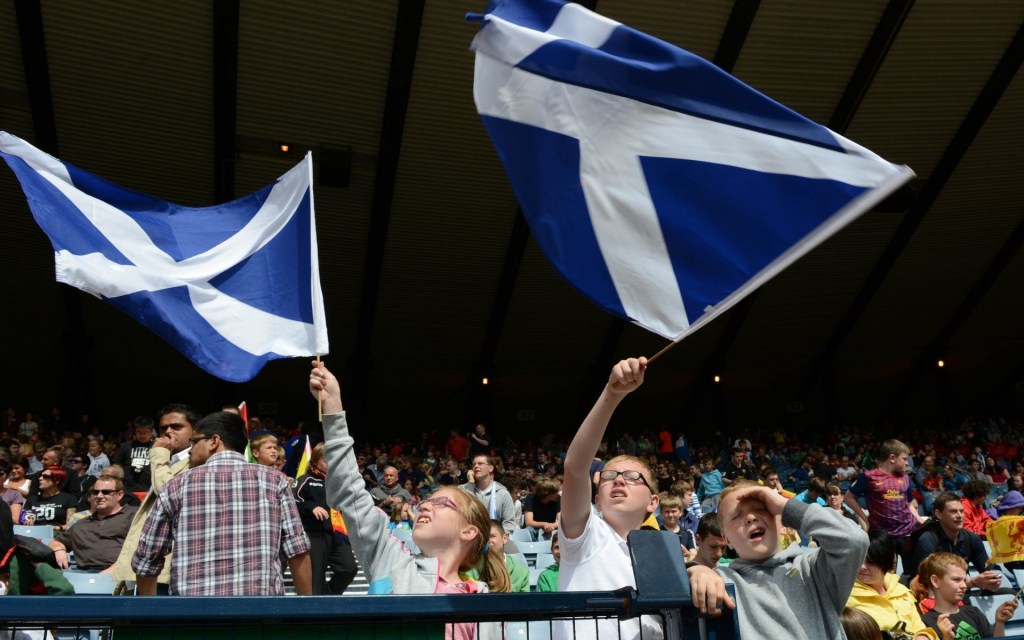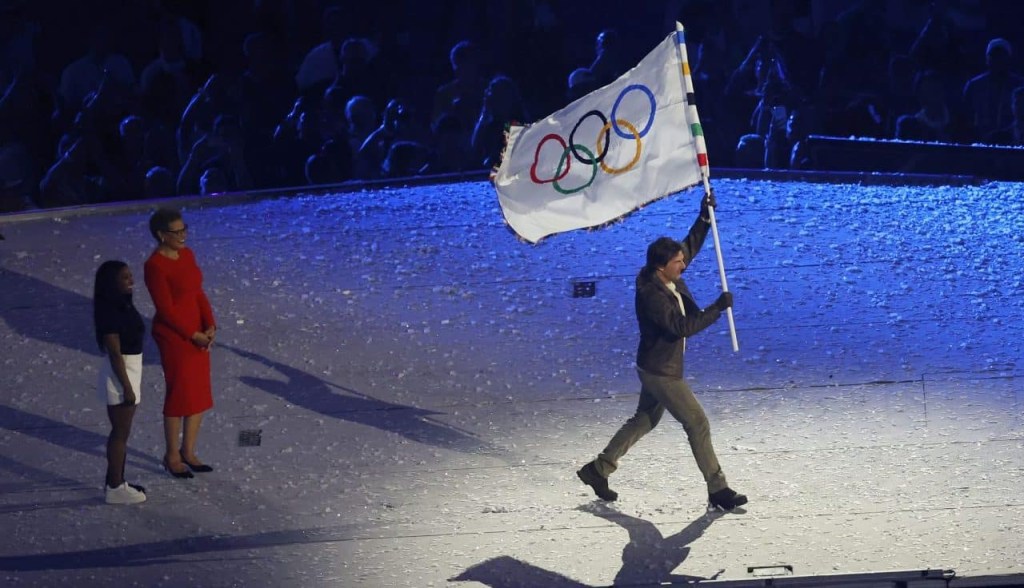The 2023 Women’s World Cup is down to its final four teams, and whoever is left standing next weekend in Sydney is guaranteed to be a first-time winner — with a record prize sum.
Four countries have won the Women’s World Cup since its inception in 1991: The U.S. (4), Germany (2), Japan, and Norway. But Japan’s quarterfinal loss means a new country will lift the trophy, as Spain, Sweden, Australia, and England are left to compete for the title.
FIFA increased this year’s prize money to $110 million, up from $30 million in 2019. The winning country will receive $4.3 million, with a further $270,000 allocated to each player on the victorious squad.
That additional revenue could go a long way if used properly. “I wish we had seized the opportunity when we won the World Cup,” said Haruna Takata, chair of Japan’s top-flight women’s competition, the WE League, of his country’s 2011 victory. “And invested more in the business side of it.”
By the time the 2027 Women’s World Cup begins — potentially in the U.S. — FIFA has said it wants to offer equal prize money for the men’s and women’s tournaments. This year’s $110 million is far less than the $440 million awarded to the men last year in Qatar.
Should FIFA reach that goal, an even greater financial opportunity will be available to soccer nations with the growing prize money as the sport continues to become more competitive on the women’s side.

















